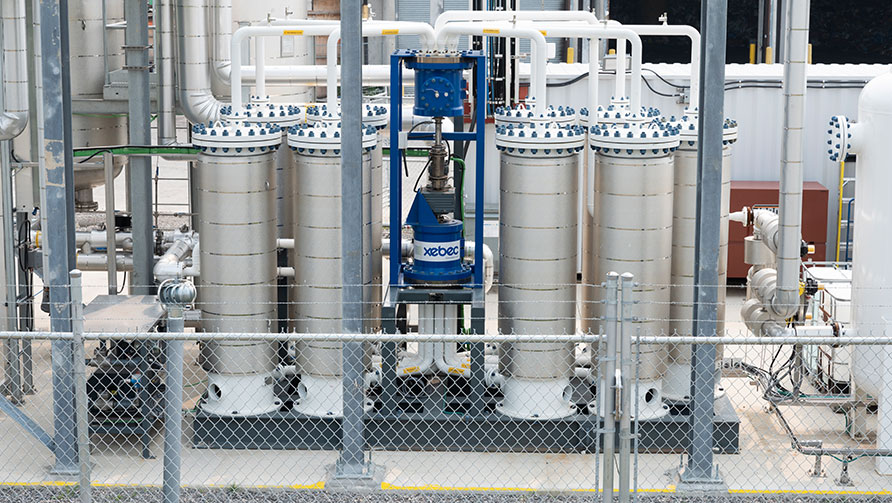Reimaging waste for the City of Toronto
The City of Toronto has one of the largest food waste and organics diversion programs in North America. The City has been diverting food waste from landfills for years, reducing greenhouse gas impacts significantly. The City is now engaged in a program of converting organic waste into renewable natural gas (RNG), a substitute for natural gas used by City facilities and fleet.
In October 2019, Toronto's City Council declared a climate emergency, which accelerated it's TransformTO emissions reduction goals. The City's Solid Waste Management Division saw this declaration as an opportunity to prioritise and expedite its renewable energy efforts, which could significantly contribute to its climate action goals. Our teams helped them develop their Source Separating Organics Program that diverts organics out of the landfill and turns them into solids for soils around city properties, garden beds, and RNG that is used to heat City buildings and fuel it’s waste collection vehicles – closing the loop and contributing to a circular economy.
By turning organic waste into a sustainable and resilient energy source for use in existing natural gas networks, RNG is a cost-effective way to reduce greenhouse gas emissions by capturing methane that would otherwise be released into the atmosphere.
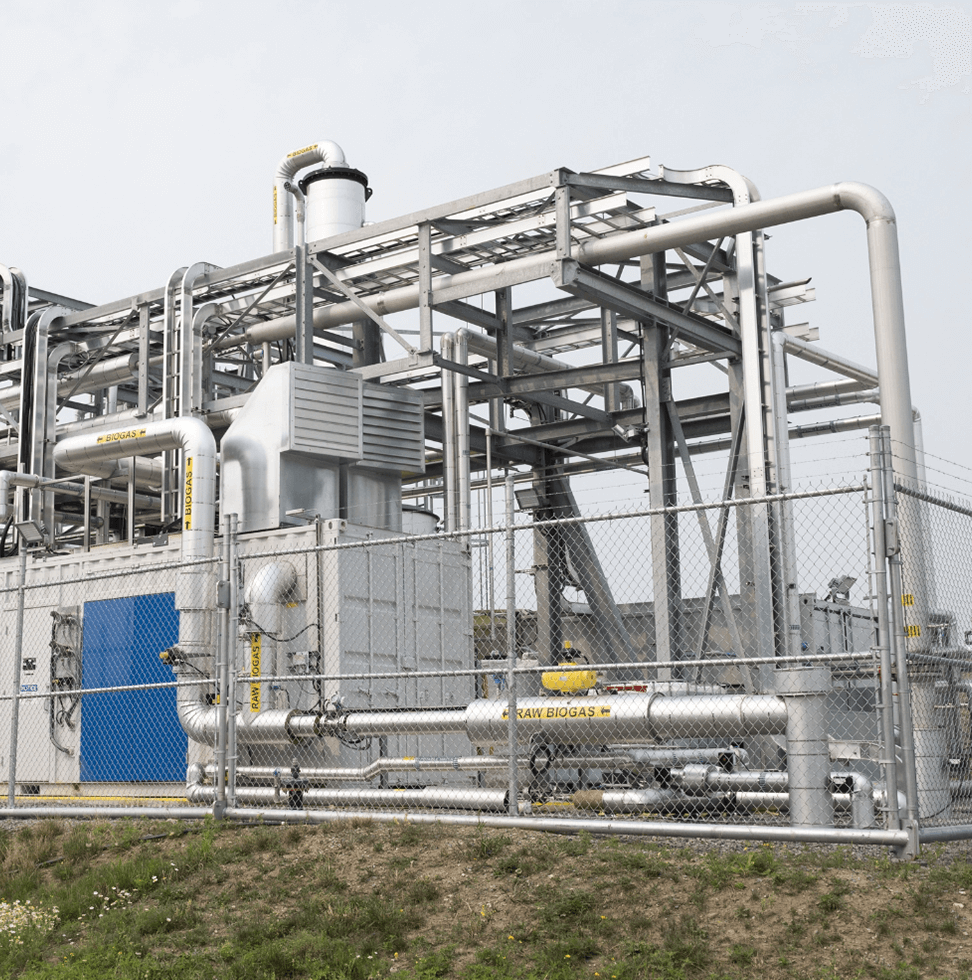
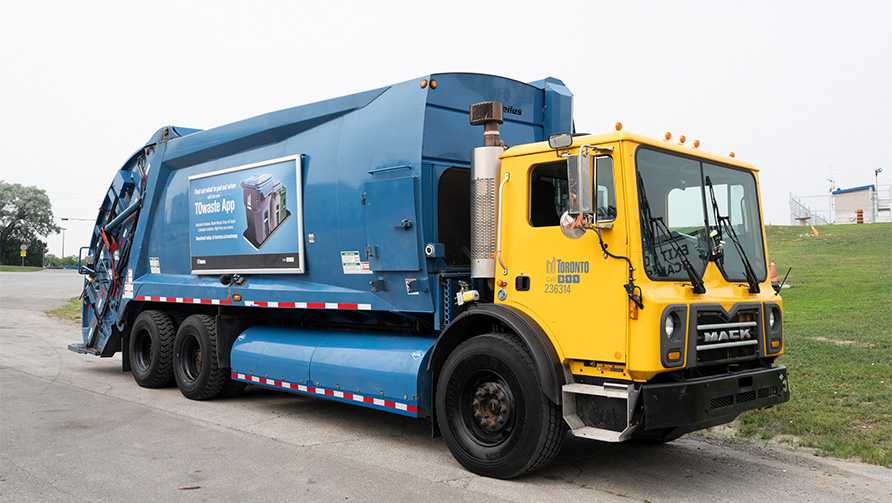
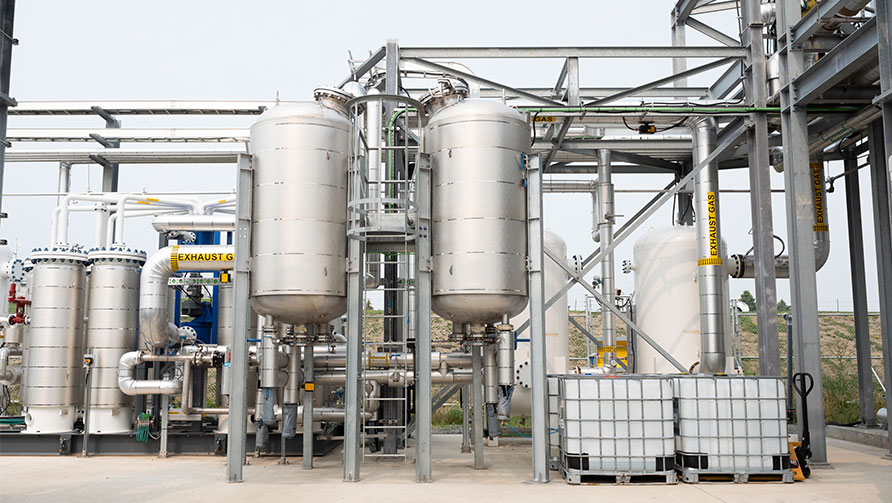
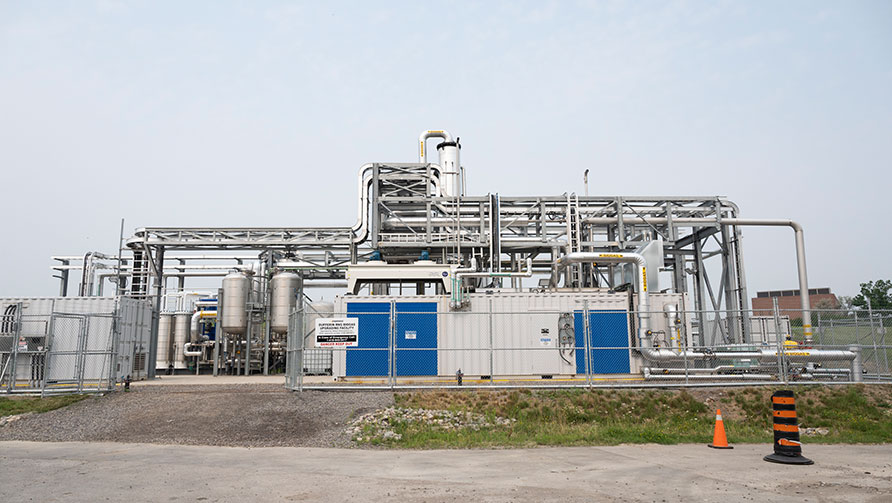
The City has two leading RNG facilities that GHD is involved with: the Dufferin Organics Processing Facility which is close to completion and the Disco Road Organics Processing Facility, which is in the design phase. These facilities have established Toronto as a leader in this field, demonstrating a model for RNG production for other municipalities in Canada.
“These important waste-to-energy facilities provide an innovative solution to ever-growing volumes of organic waste which have otherwise gone unutilised, returning no tangible benefit to the community from which it came. Harnessing this enormous, latent energy resource to decarbonise natural gas systems supports a circular economy and helps achieve ambitious emissions reduction goals on the pathway to net zero,”
explains Robert Dysiewicz, Future Energy, Global Innovation Leader.
Dufferin Organics Processing Facility
55,000 tonnes
source separated organics per year
10 yrs
full-scale pilot plant
3.2M m3
RNG per year
The expansion of the Dufferin Waste Management Facility to produce more than 3 million cubic metres of RNG per year supports the City's closed-loop approach where not only will organics collection trucks use the RNG for fuel, but the RNG will be blended with the City's entire 50 million m3 annual consumption – further reducing costs and its carbon footprint.
The City has two leading RNG facilities that GHD is involved with: the Dufferin Organics Processing Facility which is close to completion and the Disco Road Organics Processing Facility, which is in the design phase. These facilities have established Toronto as a leader in this field, demonstrating a model for RNG production for other municipalities in Canada.
“These important waste-to-energy facilities provide an innovative solution to ever-growing volumes of organic waste which have otherwise gone unutilised, returning no tangible benefit to the community from which it came. Harnessing this enormous, latent energy resource to decarbonise natural gas systems supports a circular economy and helps achieve ambitious emissions reduction goals on the pathway to net zero,”
explains Robert Dysiewicz, Future Energy, Global Innovation Leader.
Dufferin Organics Processing Facility
55,000 tonnes
source separated organics per year
10 yrs
full-scale pilot plant
3.2M m3
RNG per year
The expansion of the Dufferin Waste Management Facility to produce more than 3 million cubic metres of RNG per year supports the City's closed-loop approach where not only will organics collection trucks use the RNG for fuel, but the RNG will be blended with the City's entire 50 million m3 annual consumption – further reducing costs and its carbon footprint.



GHD was the owner’s engineer on the Anaerobic Digestion (AD) expansion project and the design engineer (design-build) on the RNG project, owned by Enbridge Gas Inc. Completed in 2021, the AD expansion project increases total organics processing capacity. The RNG facility was constructed at the same time as the AD expansion - integration of both projects was critical to the overall success and the coordination of construction and commissioning schedules.
As part of the RNG Facility design, GHD completed balance of plant design, permitting and approvals, integration and ongoing commissioning support and project management through construction and commissioning support.
Disco Road Organics Processing Facility RNG Facility:
2-acre
former landfill site
75,000 tonnes
of source separated organics per year
4.6M m3
RNG per year
GHD has supported Enbridge Gas Inc. (Enbridge) and the City in the pre-design development of a new RNG facility, which included a siting review, technology review and cost estimation. The project includes upgrading biogas generated at the anaerobic digesters into RNG for injection into the Enbridge natural gas distribution grid. Our team provided technical and financial RNG technology review and conceptual design. We are also providing balance of plant design, approvals, integration and construction support and will provide construction services and support, anticipated to commence in 2023 with completion in 2024.
Green Lane Landfill:
Based on RNG project success in Toronto, a third RNG facility is set to be developed a couple hours away in London, Ontario. Green Lane Landfill will convert landfill gas to RNG and has potential to produce 25.7M m3 of RNG per year.
